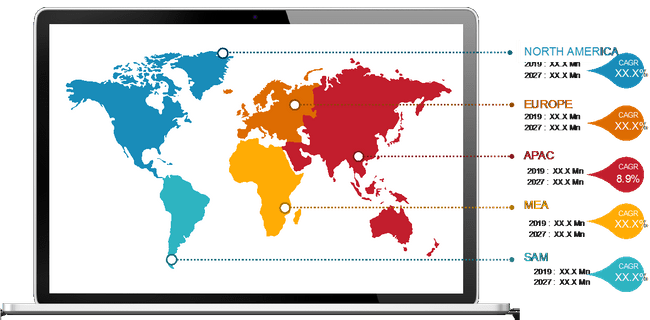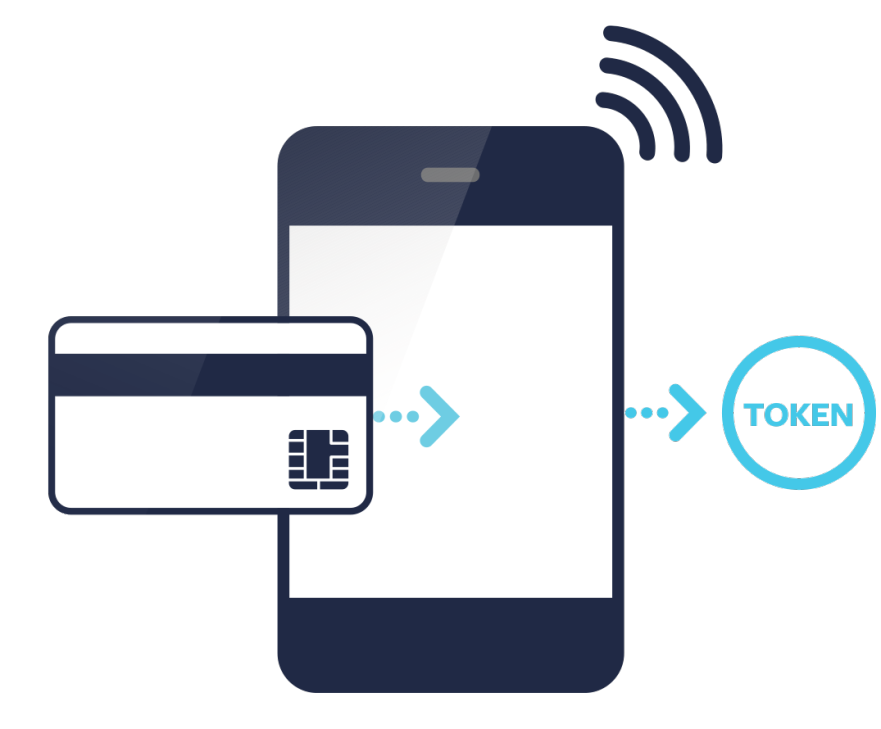It didn’t arrive with headlines. It didn’t trend on social media. But it’s quietly rewriting the rules of how the U.S. government works. In 2025, a silent force is reshaping federal operations, not with flashy gadgets or viral apps, but with invisible digital workers. These bots don’t sleep, don’t complain, and don’t make mistakes.
They’re part of a movement called Robotic Process Automation, and they’re quietly infiltrating every corner of government, from customs to payroll, procurement to public services. At first, what started as a pilot project is now a full-scale transformation. And while most citizens haven’t noticed, the impact is growing by the day.
So, what exactly is happening behind the scenes? Why are federal agencies investing in automation at record speed? And how is Robotic Process Automation becoming the backbone of America’s digital future?
Let’s pull back the curtain.
GSA Expands Federal RPA Community of Practice
In 2025, the General Services Administration (GSA) took a big step forward. It expanded the Federal Robotic Process Automation Community of Practice (FedRPA CoP). Notably, this community now includes over 1,600 members from more than 100 federal agencies. That’s not just a number; rather, it’s a sign of serious momentum.
The group shares knowledge, solves real-world problems, and helps new programs get off the ground. They don’t just talk, they build solutions that work.
Some 2025 highlights from this growing community include:
- An updated RPA Use Case Inventory with 2,739 automation examples.
- A revised RPA Playbook and Internal Controls Addendum for safe, scalable adoption.
- Monthly webinars, mentoring programs, and collaboration forums that make automation easier to launch.
As a result, agencies like U.S. Customs and Border Protection and the Department of the Interior are already seeing real success. They’ve used CoP resources to scale their Robotic Process Automation programs with confidence. This isn’t theory; instead, it’s progress.
Automate 2025: Federal Focus on Robotics and AI
From May 12–15, 2025, Automate 2025 drew massive attention. It was North America’s biggest robotics and automation showcase. The U.S. Commercial Service supported the event, highlighting America’s global leadership in tech.
With over 800 exhibitors and 200 expert speakers, federal voices stood out in the crowd. In particular, government specialists spoke about supply chains, workforce gaps, and global strategies. So, why does this matter for Robotic Process Automation? Because the government emphasized automation as a solution to real-world problems, not just a tech trend.
During the event, federal agencies shared examples of how they use Robotic Process Automation to:
- Improve production workflows.
- Boost service quality.
- Make agencies more resilient to change.
Consequently, they showed how automation can help America stay competitive, at home and abroad.
GSA Adds AI Tools to Federal Procurement
On August 5, 2025, the GSA made a major announcement. It added leading AI tools to its Multiple Award Schedule (MAS). This means agencies can now access platforms like Anthropic’s Claude, Google’s Gemini, and OpenAI’s ChatGPT. So, how does this tie into Robotic Process Automation? These AI platforms work alongside RPA bots. Together, they create smarter, more capable automation tools.
With this AI + RPA approach, federal agencies can now:
- Automate complex HR and procurement tasks.
- Deliver faster, more accurate citizen services.
- Handle decision-based tasks that were once manual.
This move directly supports America’s AI Action Plan, which promotes responsible, scalable technology in government. By merging AI with Robotic Process Automation, agencies are unlocking new power, speed, and intelligence in everyday work.
Use Case Expansion Across Federal Agencies
In 2025, the federal government is no longer just testing automation; instead, it’s using it widely. The latest federal use case inventory shows how deeply Robotic Process Automation is embedded.
Here’s a quick look at how agencies are using RPA:
Procurement
- Bots enter contract data automatically.
- They check compliance rules without manual reviews.
Human Resources
- Onboarding is faster and smoother.
- Bots handle leave tracking and benefit processing with accuracy.
Finance
- Transactions reconcile quickly.
- Bots generate audit-ready reports and process invoices on time.
IT Operations
- Bots manage help desk tickets.
- They handle software updates and monitor system health.
These aren’t just small wins. Instead, these use cases show that Robotic Process Automation now supports mission-critical operations, not just back-office tasks.
Citizen Developers and Workforce Transformation
One major shift in 2025 is the rise of “citizen developers.” These are non-tech staff who now build and manage bots. Thanks to low-code and no-code platforms, they don’t need to write code. As a result, this makes Robotic Process Automation more accessible than ever before.
Agencies like the GSA, Social Security Administration, and Defense Logistics Agency are leading the way. They share practical advice to help other teams start strong.
Their strategies include:
- Safe environments for testing and learning.
- Simple tools that require little to no coding.
- Clear rules and support for secure bot building.
Citizen development is not just a trend; rather, it’s transforming how automation scales. Teams no longer wait on IT. Instead, they can solve their challenges with Robotic Process Automation. This change empowers people and saves time.
Governance, Security, and Scalability
As more bots enter government systems, security becomes even more important. In 2025, federal agencies are building stronger guardrails. They’re not just deploying bots; rather, they’re managing them smartly.
Key governance efforts include:
- Bot lifecycle plans to track usage and updates.
- Credentialing systems that protect access to sensitive data.
- Shared platforms for bot reuse between agencies.
This means Robotic Process Automation is not only fast, it’s also safe, scalable, and compliant. Importantly, security isn’t an afterthought. It’s built into every stage of the automation lifecycle.
What’s Next for Federal RPA?
In 2025, Robotic Process Automation is no longer an experiment. It’s a proven, reliable tool that helps agencies serve better and faster. From onboarding new employees to handling millions of financial records, RPA bots are quietly taking care of business.
Organizations such as the GSA, CIO Council, and U.S. Commercial Service are all backing this progress. Their support gives agencies the tools and confidence to grow their automation programs. And now, with AI integration, Robotic Process Automation is evolving further. Smarter bots mean better decisions, faster results, and stronger government performance.
Robotic Process Automation Market Outlook
The Robotic Process Automation market is growing quickly. Market report shows that the global market will increase from $4.48 billion in 2024 to $20.83 billion by 2031. This means the market will grow at a strong pace, with a 24.8% annual growth rate over the next several years.
One major reason for this growth is that more businesses want to automate routine tasks. They are using Robotic Process Automation to reduce errors, save time, and improve how their team works. As more companies adopt RPA tools, the demand for smarter, AI-based bots is also rising. These tools now help with decisions, not just data entry.
In addition, partnerships are helping to speed up this trend. For example, in 2023, Google partnered with Automation Anywhere to offer more advanced RPA solutions. This gave many companies better tools to improve their daily operations.
Cognitive RPA is also gaining attention. It uses AI to help bots work more like people and solve more complex problems. As a result, companies in banking, retail, and healthcare are using RPA more than ever. Overall, the numbers show that Robotic Process Automation is not just useful; it is becoming a must-have for modern organizations.
Wrapping Up
The federal government isn’t chasing headlines; instead, it’s delivering results. And Robotic Process Automation is making it happen. What started as a small efficiency tool is now a key part of the digital government playbook. It’s helping solve real problems, quietly, efficiently, and effectively.
For tech leaders, policymakers, and automation pros, one message rings clear: RPA isn’t going away. It’s growing, and it’s delivering. Robotic Process Automation is helping write the next chapter of America’s digital future. And it’s doing so with less noise, more impact, and a whole lot of promise.
References
U.S. General Services Administration- GSA Propels Government into AI Revolution with Addition of Leading Solutions to Multiple Award Schedules
Digital.gov- Robotic process automation
SelectUSA Investment Research- Robots and the Economy- The Role of Automation in Driving



